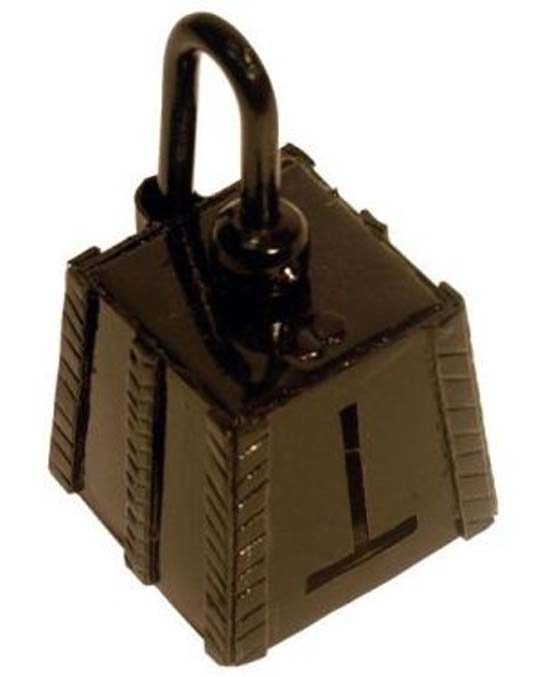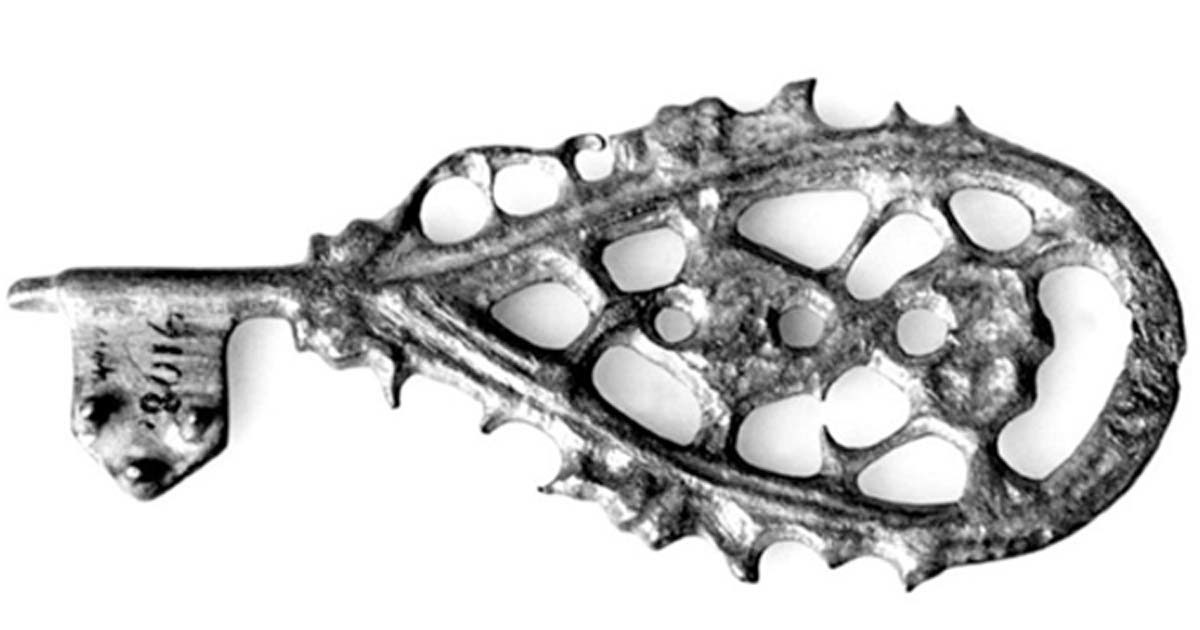The key from Heggum farm (Old Norse: Heggheimar) is 9.5 centimeters long and ornamented with intertwined animal figures. It was found in a burial mound and may have belonged to a powerful housewife. The day she got married, she got the keys to the farm doors and treasure chests as a visible sign of her position and power.

Pregnancy, breastfeeding and raising children also took up time in a woman's life. In practice, it was probably the women who looked after the elderly.
She also had to perform heavy work like carrying water and participate in haymaking. In addition, she would have had knowledge of herbs to make medicine for the sick and wounded.
When the man went hunting, fishing, on Viking raids or got sick, the wife had responsibility for the operation of the whole farm, which in wealthy families also included many trells (slaves).
The married woman was seen to belong to the family she had grown up with and for that reason never quite became an integral part of her husband's family.
To read the rest of the article click here.




Comment: Also See: